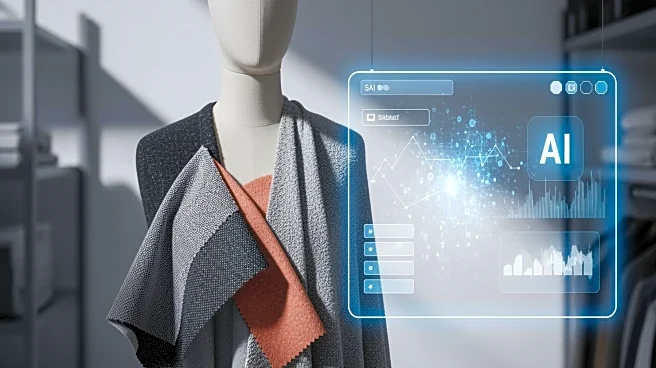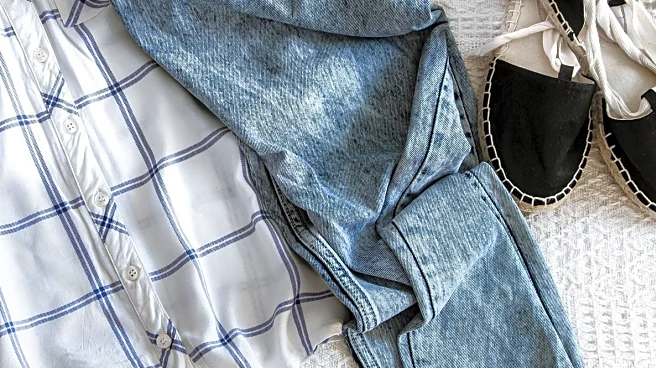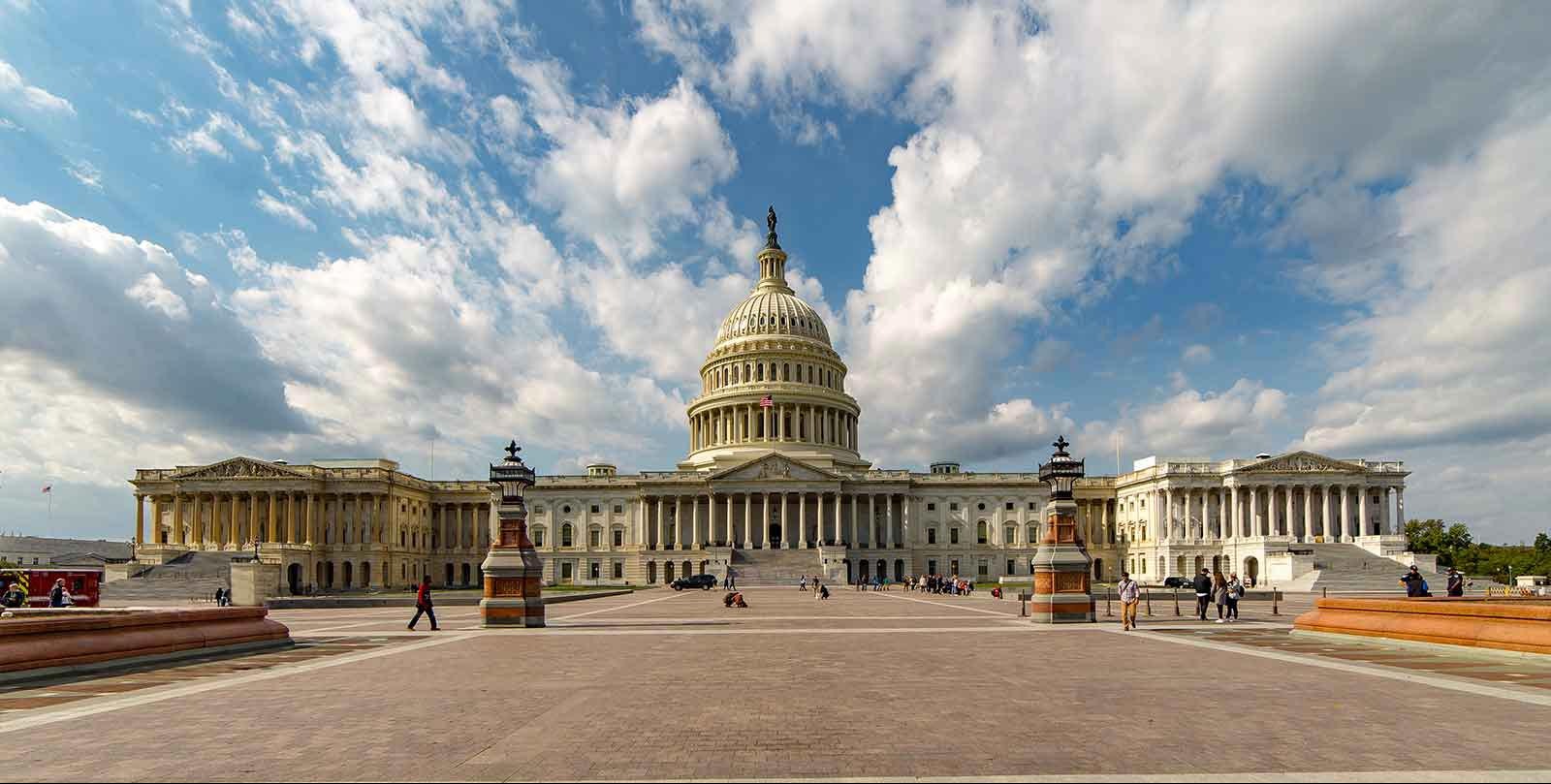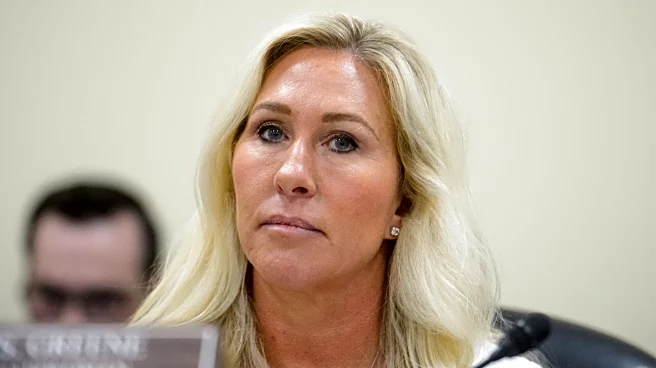What's Happening?
ThredUp, a leading secondhand fashion platform, is capitalizing on tariffs and AI technology to expand its market presence. The company processes approximately 40,000 pieces of used clothing daily at its Suwanee,
Georgia warehouse, which is part of a logistics network rivaling fast-fashion giants. President Trump's tariffs, intended to boost domestic manufacturing, have inadvertently impacted the fashion industry, which relies heavily on imports. As a result, secondhand platforms like ThredUp are gaining traction, with the global secondhand apparel market projected to reach $367 billion by 2029. ThredUp's CEO, James Reinhart, highlights the company's positive cash flow and significant growth, driven by AI systems that enhance garment processing and customer personalization.
Why It's Important?
The rise of secondhand fashion platforms like ThredUp signifies a shift towards more sustainable consumer practices. Tariffs have increased retail prices, making resale platforms more attractive to consumers seeking cost-effective alternatives. This trend is reshaping the fashion industry, encouraging domestic infrastructure development and technological innovation. As secondhand shopping grows, it challenges traditional retail models and promotes environmental sustainability by reducing waste. Companies leveraging AI and automation, like ThredUp, are positioned to lead this transformation, potentially influencing broader economic and manufacturing policies.
What's Next?
ThredUp plans to continue expanding its operations and technological capabilities to maintain its competitive edge. The company anticipates further growth in customer acquisition and revenue, driven by increasing consumer interest in sustainable fashion. As tariffs continue to affect retail prices, secondhand platforms may see heightened demand, prompting other companies to explore similar business models. The fashion industry could witness a significant shift towards sustainability, with secondhand shopping becoming a central component of consumer behavior.













